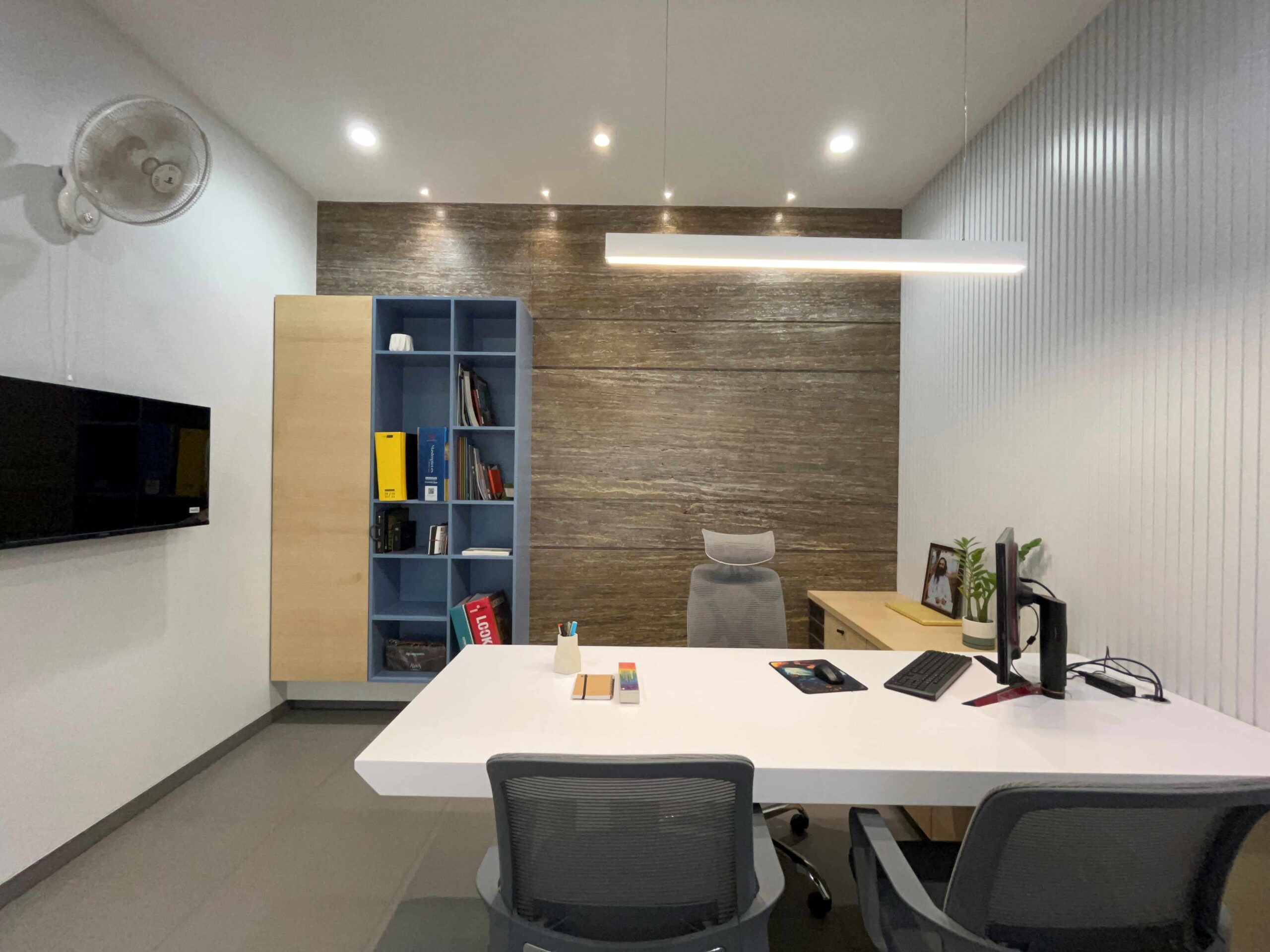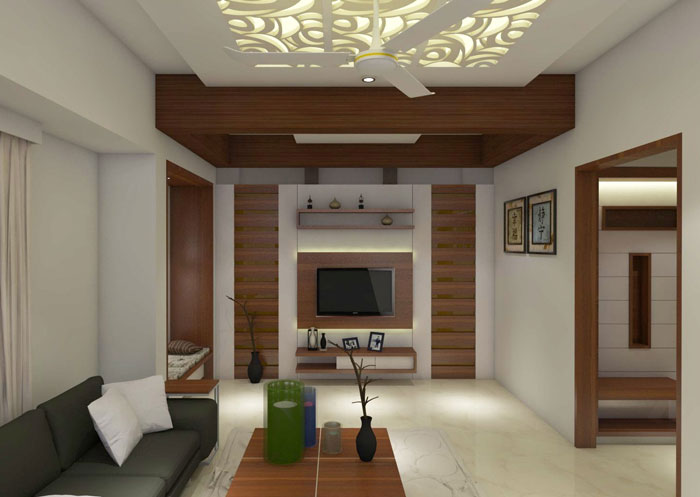Expert Country Interior Design for a Peaceful Escape
Expert Country Interior Design for a Peaceful Escape
Blog Article
Taking Full Advantage Of Aesthetic Appeal: The Harmony Between Interior Design and Home Engineer Strategies
Recognizing the subtle interaction between interior decoration and home style can dramatically raise the visual charm of a space. This marital relationship of design techniques includes a thoughtful assimilation of architectural aspects with interior formats, and a competent application of principles such as rhythm, balance, and comparison. As we discover this synergy, we will certainly discover means to produce visually striking and practical environments that not only mirror personal style, yet also adjust to the vibrant requirements of modern-day living.
Understanding the Basics: Defining Interior Design and Home Architecture
Interior decoration and home architecture, frequently linked, stand for the architectural and aesthetic facets of our living spaces. Interior Design is a diverse discipline that includes producing useful, safe, and visually pleasing areas inside a building. It consists of components such as furniture arrangement, color control, and accessory option. On the other hand, home architecture mostly concentrates on the solid structure of a building. It includes developing a functional and visually pleasing structure that stands the examination of time. It incorporates elements such as area building and construction, sustainability, and preparation. Both fields need a deep understanding of human behavior, culture, and psychology. Each plays a crucial duty in shaping our living settings, adding to our overall convenience, productivity, and well-being.
The Synergy Explained: Exactly How Interior Decoration and Home Design Intersect
Comprehending the synergy in between indoor design and home style can open a world of imagination and capability. When discussing this junction, the influence of architecture on insides is a vital element to take into consideration. This conversation will focus on the unifying design concepts that blend these 2 fields right into an unified whole
Unifying Design Principles
While it might seem that indoor design and home architecture are two distinctive self-controls, they are actually deeply interconnected, developing a harmony that is vital for producing harmonious home. Unifying style principles are the columns that promote this symbiosis. The principles consist of equilibrium, rhythm, contrast, emphasis, and consistency. These aspects integrate to supply a natural visual allure. Balance produces a feeling of stability, rhythm supplies a feeling of movement, harmony ensures unity, contrast triggers interest, and emphasis accentuates vital elements. The critical application of these concepts allows a seamless blend of aesthetic appeals and feature, boosting the overall experience of the space. Basically, these concepts act as the bridge, uniting interior design and architectural practices.
Architectural Influence on Insides
The intertwining of interior decoration and architecture becomes a lot more obvious when one thinks about the architectural influence on interiors. Building components are innate to an area's performance and visual appeals, shaping the layout from the start. Columns, beams, arcs or stairs, for example, serve both ornamental and structural objectives. They can separate rooms, develop prime focus or imbue a room with a specific ambiance. Consideration of appearance, light, and proportion likewise originate from building influences. Ultimately, design molds the canvas whereupon interior designers function. Their synergy is therefore undeniable: architecture establishes the framework, which interior layout boosts with shade, texture, and design. This cooperative connection makes certain a harmonious balance between feature and elegance, enhancing the aesthetic charm of any type of area.
Trick Concepts in Balancing Interior Design and Home Design
Striking a balance in between functionality and aesthetic appeal is a basic aspect of harmonizing indoor design and home architecture. A just as crucial principle is the combination of sustainable style to develop green and energy-efficient homes. Understanding and discovering different building designs can also play an essential function in achieving an unified design. Luxury home architect.

Balancing Functionality and Aesthetics
Stabilizing performance and aesthetics in interior decoration and home architecture becomes one of the critical principles to think about. This fragile equilibrium needs a careful blend of practicality and allure, intending to create rooms that are not only visually pleasing however likewise serve their desired objective successfully. Visual appeal uplifts the state of mind and impacts the understanding of room, whereas functionality makes sure functionality and convenience. Key to this balance is a thoughtful selection of elements such as appearance, shade, and lights, which must match each other while offering their private roles. Equally vital is the efficient arrangement of the room, with a tactical format adding considerably to the synergy in between performance and aesthetics. This harmonious blend eventually improves the lifestyle for the owners.
Sustainable Style Assimilation
In preserving the equilibrium between functionality and appearances, one must likewise take into consideration the combination of sustainable style principles. This strategy not just improves the aesthetic charm of a space yet additionally guarantees its durability and minimized ecological effect. The vital lies in picking products that are environment-friendly, long lasting, and appealing. This consists of natural, recycled, or low-impact materials that add to a much healthier and more sustainable world. Designers and architects can also integrate energy-efficient systems, such as energy-saving devices or solar panels. Making sure great indoor air top quality via adequate natural illumination and air flow is vital. A harmonious fusion of indoor link style and home design, guided by sustainability, can produce areas that are lovely, functional, and eco friendly.
Discovering Architectural Styles
While there are a plethora of building styles to explore, it is crucial to comprehend that every one carries its one-of-a-kind principles that can considerably influence the harmonization of interior decoration and home style. These styles, varying from the elaborate Baroque to the minimalist Modernist, bring distinct ideologies and looks that, when correctly comprehended and utilized, can develop homes that are not just aesthetically sensational but likewise sympathetically integrated in terms of style and design. Picking an architectural style is not merely concerning individual visual choice; it is about picking a design language that speaks with the property owner's lifestyle, philosophy, and ambitions, developing a home that is a true representation of its residents.
Situation Studies: Phenomenal Examples of Style and Style Harmony
Exploring some extraordinary study supplies a profound understanding of exactly how layout and architecture can harmoniously merge to develop engaging and functional rooms. The iconic Fallingwater home, created by Frank Lloyd Wright, exquisitely demonstrates this harmony. Wright's style masterfully incorporates your house with its surrounding landscape, while the interior mirrors the outside's natural kinds. Another example is the minimalistic Tadao Ando's Church of Light in Japan. The architect accomplished an excellent balance between simplicity and drama, using raw concrete and light. Internally, the stark, very little style produces a feeling of harmony and spiritual reflection. These instances illustrate the significance of synergy between interior design and architecture in achieving functional and aesthetic success.
Practical Tips: Enhancing Your Home's Visual Charm
Drawing inspiration from the study of architectural and design harmony, house owners as well can implement some sensible strategies to increase their home's visual charm. An unified mix of colors, appearances, and illumination can enhance a room, developing a cozy and inviting ambience. Choosing for furnishings that matches the building elements of your home can promote a feeling of unity. Wall surface art and design pieces can include personality, showing personal style and preference. Integrating plant, either via indoor plants or views to the outdoors, can bring a component of nature, delivering a soothing effect. Smart use mirrors can open an area, giving an impression of a larger location. Ultimately, the aesthetic allure exists in stabilizing functionality with style, developing a home that is both attractive and livable.

Future Fads: Exactly How Modern Techniques Are Altering Interior Design and Style
As the globe develops, so do the patterns in indoor layout and design. Modern techniques are significantly focusing on sustainability, incorporating green materials and energy-efficient designs. Innovation plays an essential duty, with clever homes becoming the standard, incorporating AI and IoT for boosted capability. Furthermore, minimalism remains to obtain traction, stressing simplicity, performance, and clutter-free rooms. This is commonly coupled with biophilic layout, drawing ideas from nature and promoting health and wellbeing. Moreover, the pandemic has accelerated the requirement for adaptable, multi-purpose spaces, blurring the lines in between job and home. These trends show a change towards styles that are not simply cosmetically pleasing, but also eco conscious, technologically advanced, and versatile to transforming way of livings.
Conclusion
Finally, the assimilation of interior decoration and home design methods is a dynamic strategy to boosting aesthetic appeal. By leveraging crucial principles like balance, contrast, and rhythm, and incorporating aspects of modern living, developers can produce versatile, aesthetically pleasing environments. Through comprehending this harmony, property owners can make enlightened choices that not only boost their home however likewise contribute to their general well-being.
Recognizing the subtle interaction between interior layout and home design can significantly boost the aesthetic charm of a living space.Indoor style and home architecture, often intertwined, stand for the aesthetic and architectural facets of our living spaces.While it might appear find this that interior style and home architecture are 2 distinctive techniques, they are actually deeply interconnected, developing a synergy that is crucial for producing unified living spaces.The intertwining of indoor layout and view it architecture ends up being also much more evident when one considers the architectural impact on insides. A harmonious combination of indoor layout and home architecture, assisted by sustainability, can develop spaces that are stunning, useful, and environmentally friendly.
Report this page